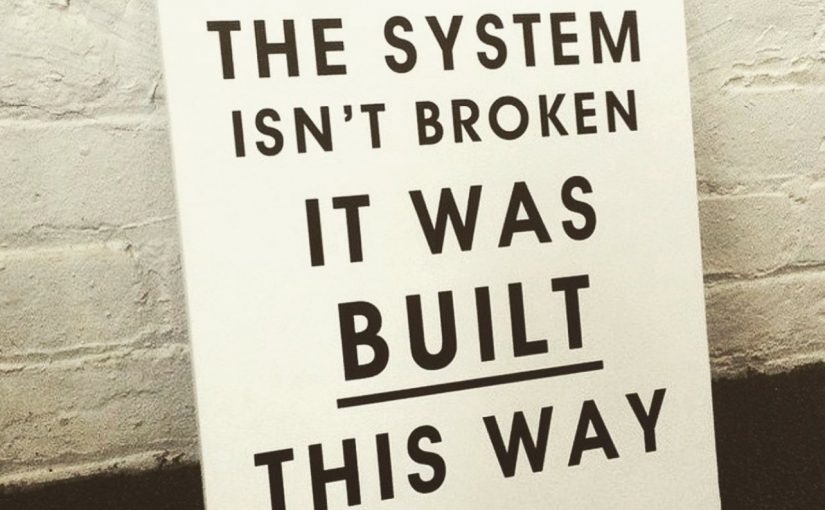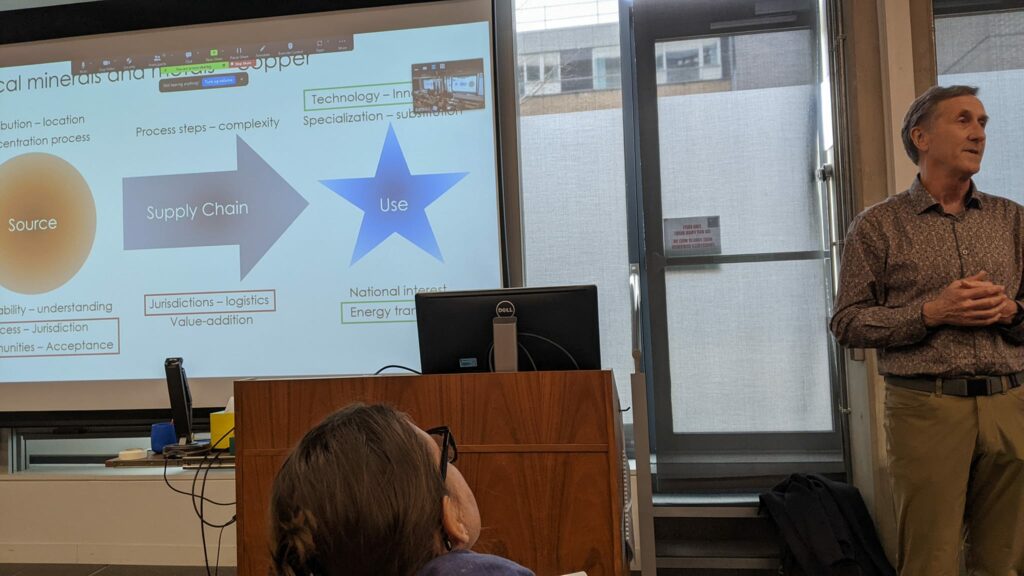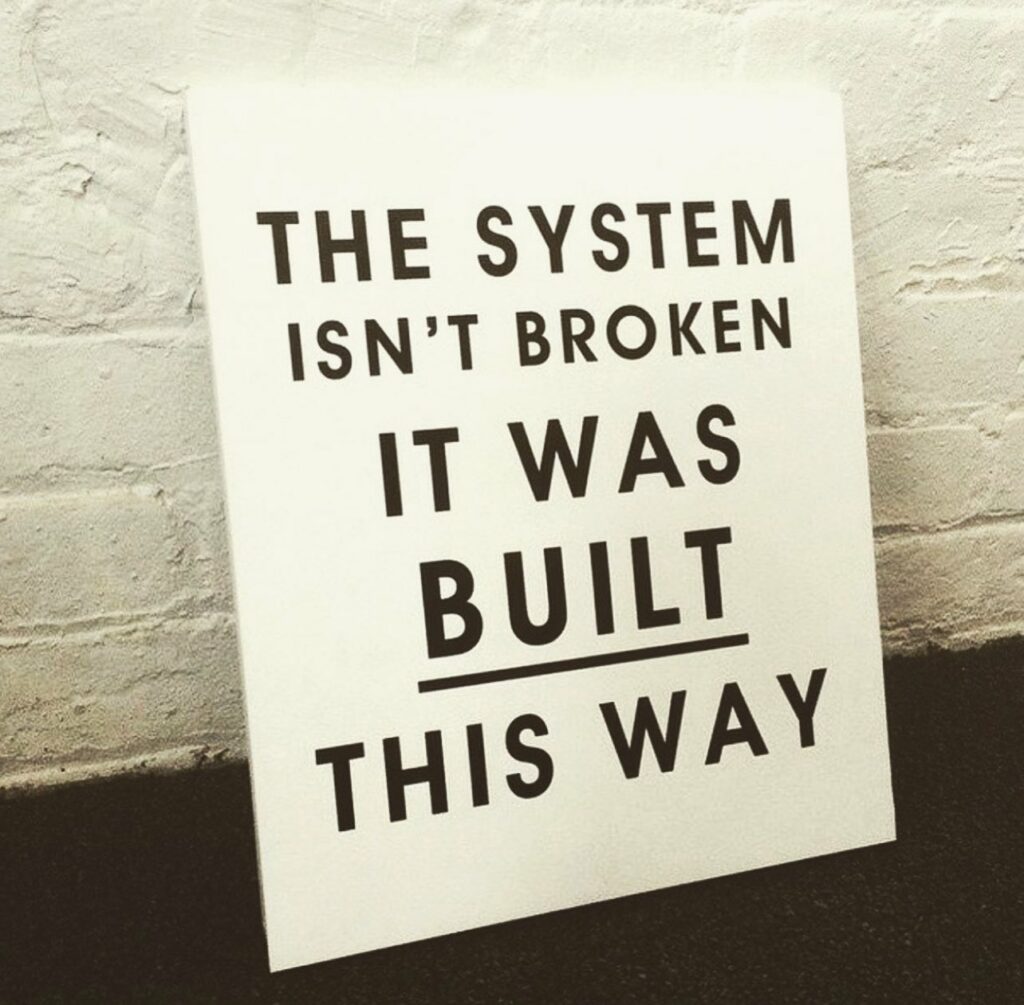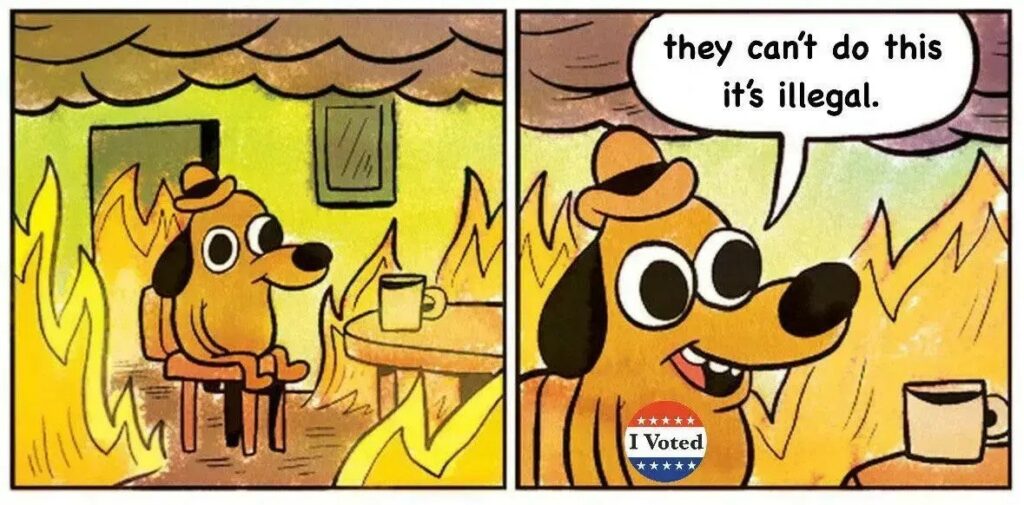The problem of #fashionistas in activism is the pushing of style and appearance over substance and meaningful action. These people are concerned with projecting a limited image or brand of activism, rather than engaging in the actual, messy effect of social change. This poses challenges to the efficacy and integrity of real grassroots movements:
- Superficiality over Substance: Fashionistas prioritize surface-level aesthetics and trends over substantive analysis and action. They focus on creating a visually appealing image of activism, such as through trendy protest attire or social media posts, rather than engaging in on the ground deep-rooted grassroots activism that addresses real issues.
- Performative Activism: Fashionistas engage in performative activism, where their actions are about signalling commitment to a cause rather than making contributions. Participating in protests or events primarily for photo opportunities and social media validation, rather than working towards on the ground change.
- Exclusionary Practices: The emphasis on fashion and style creates barriers to participation for people who do not conform to slavish aesthetic norms. This marginalizes people from diverse backgrounds, experiences, and identities who do not fit into the narrow standards set by fashionistas within the movement.
- Distraction from Core Issues: When activism becomes focused on appearances and trends, it detracts from the issues and objectives of the movement. Attention and resources are diverted to superficial aspects of activism, rather than towards addressing the causes of injustice and inequality.
- Reinforcement of Consumer Culture: The influence of fashionistas reinforces consumerist attitudes and behaviours. This involves promoting consumer-driven solutions to social problems and aligning activism with commercial brands and products, rather than challenging the structures of capitalism and exploitation.
- Dilution of Message and Impact: Activism that prioritizes style over substance dilutes the movement’s message and impact. When the emphasis is placed on spectacle and aesthetics, the underlying principles and goals of the movement become obscured and watered down, leading to reduced effectiveness in achieving meaningful change.
Mediating the problem of fashionistas in activism movements requires a commitment to centring authenticity, inclusivity, and meaningful action, a culture of critical reflection, accountability, and solidarity. By prioritizing substance over style, activists work to building resilient, impactful, and inclusive movements. Best not to be one of the prats on this path, please.




